Blog Posts
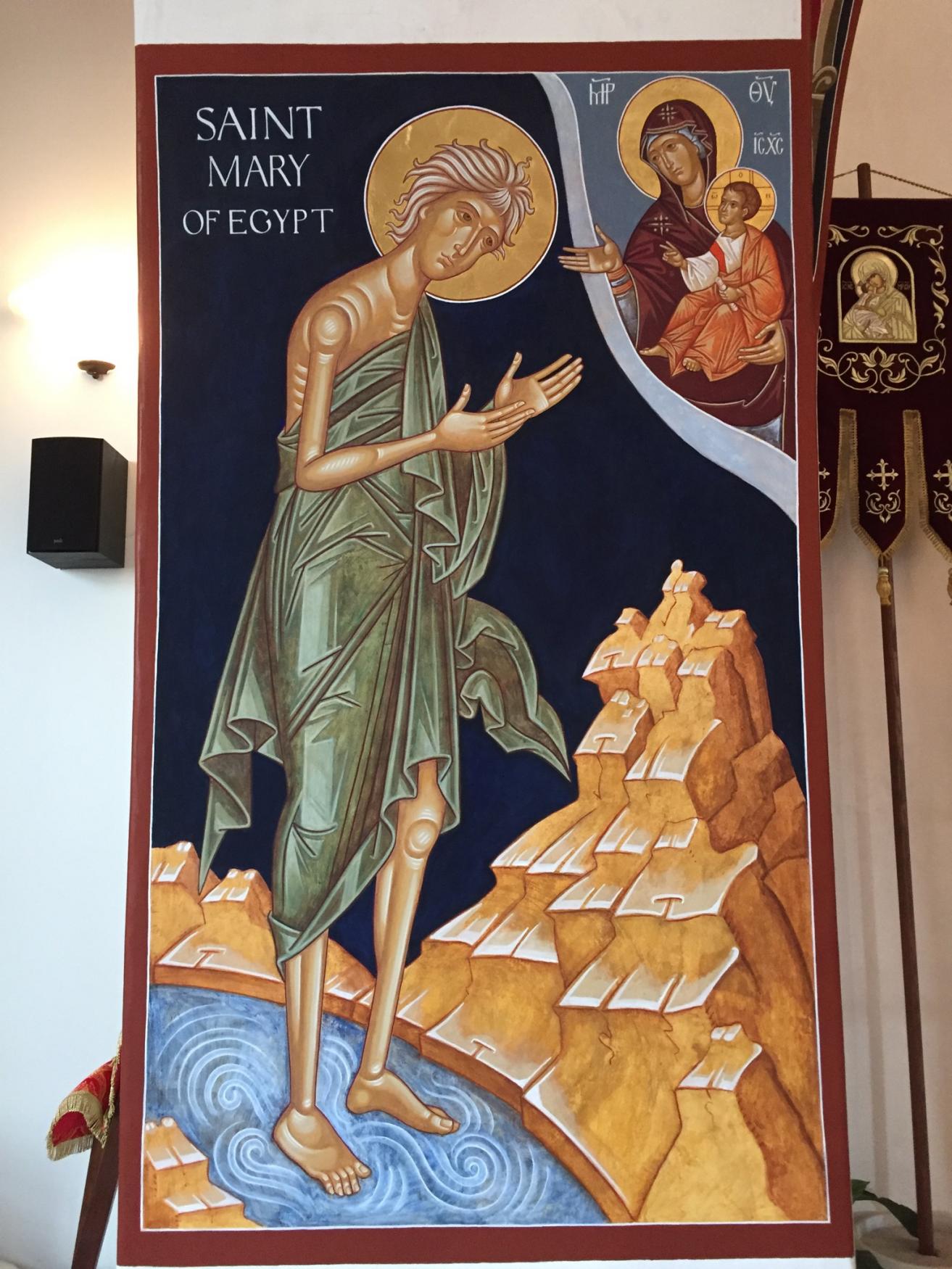
How do we know a Saint? St. Mary of Egypt is given a prominent position in the Lenten season, before Palm Sunday in the church calendar and enfolded in the majestic Canon of St Andrew of Crete.
This reflection is a review and meditation on the book “The Great Canon of St Andrew of Crete and the Life of St Mary of Egypt” by two Orthodox nuns from England, Abbess Thekla and Mother Katherine. They offer context and commentary on this service that is observed this week in Lent. They pay particular attention to St. Mary of Egypt: both the record of her life as told by the monk Sophronius,and the person herself.
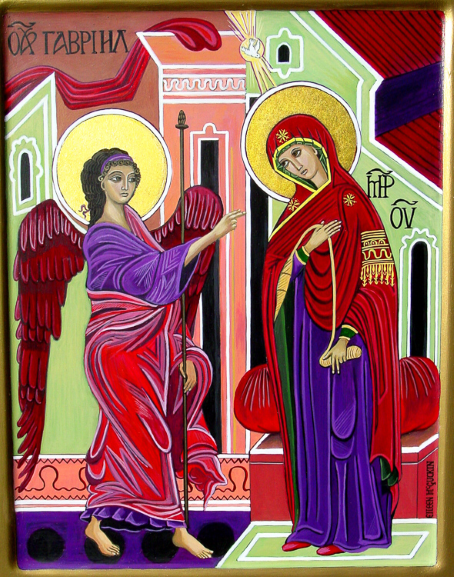
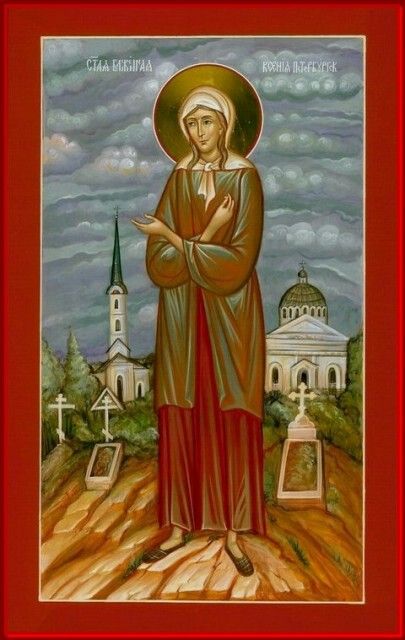
To mark April Fool's Day, we thought we'd take a moment to post a prayer service to St. Xenia of Petersburg, Fool For Christ. You can learn about her life in many places, as she is a much beloved saint for those looking for help in finding a job, a spouse, or a home, save a marriage, or healing mental illness. We suggest this site if you want to learn more about her.
We found this akathist at St. Gregory Outreach. You can read it by yourself, or with friends or family, if so inclined.

This is our fourth and final week of celebrating Women’s History Month by highlighting the roles that women are already doing in the Church — roles that we tend to assume only men are allowed to fulfill. Last week we looked at women in leadership roles at church organizations. This week we’ll talk about women who act as theologians, liturgists, and homilists.
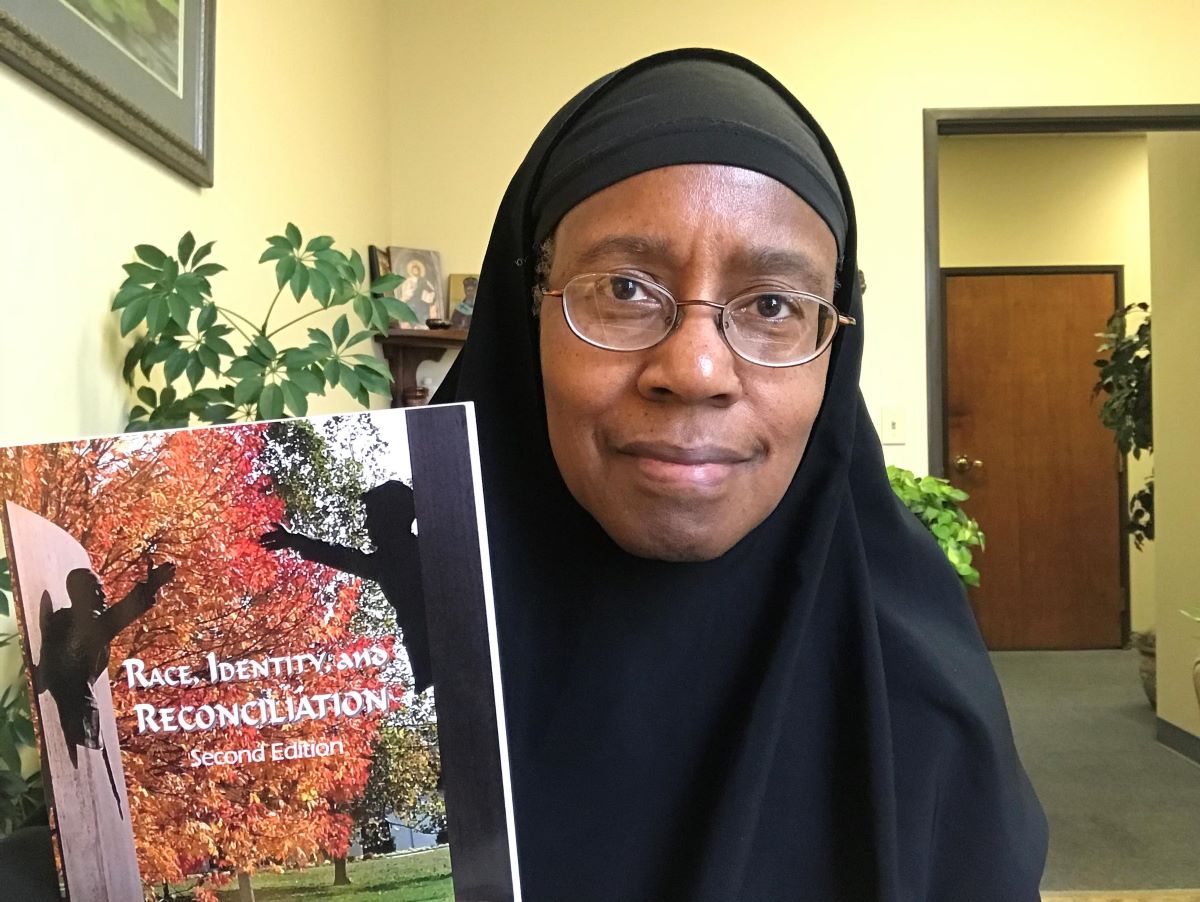
This is our third week of celebrating Women’s History Month by highlighting the roles that women are already doing in the Church—roles that we tend to assume only men are allowed to fulfill. Last week we took a look at women engaged in church diplomacy and advisory roles to bishops. This week we’ll spotlight women who act as the administrative leaders of their church-related organizations, as abbesses, trustees and directors, and parish council presidents.
Monastic Superiors

Last week, we kicked off Women’s History Month by highlighting the roles women are already doing in the Church today and in recent history that we normally think of as being confined to men. We saw women engaged in pastoral care, including chaplaincy, pastoral counseling, youth ministry, college and young adult ministry, family ministry, adult and women’s ministry, spiritual advice, and spiritual accompaniment. This week, we continue our series by looking at women who have served or are serving as church diplomats and consultants to bishops.
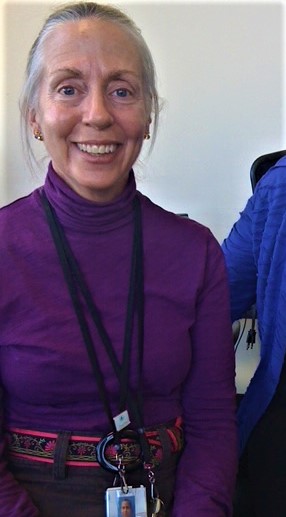
A lot of what we do at Axia Women is highlight what women are already doing in the Church, which to us is a matter for celebration, respect, and often surprise. Many churchgoers seem to assume that some non-ordained categories are reserved for men only. But Metropolitan Anthony Bloom, at least fifty years ago, observed that the only task reserved for ordained clergy is performing the sacraments. It is natural—if unfortunate—that many people see ordained clergy, because of their vestments and cassocks, as the “fullest” members of the Church, and therefore as the ones who perform church roles. As part of Women’s History Month, we’d like to test that perception!


